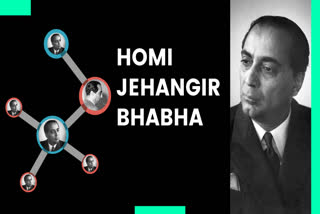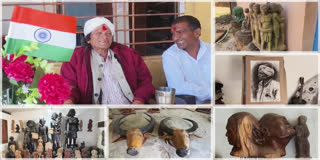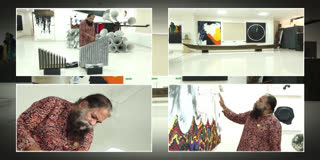Saluting Homi Jehangir Bhabha, father of the Indian Nuclear Program
🎬 Watch Now: Feature Video

Homi Jehangir Bhabha remained a bachelor during his life. His hobbies included painting, classical music and opera, and botany. He was killed in mysterious circumstances, aged 56, when Air India Flight 101 crashed on January 24, 1966, near Mont Blanc in Switzerland. At the second United Nations Conference on the Peaceful Uses of Atomic Energy held in Geneva in 1958, in a seminal paper, Bhabha and Prasad outlined the three-stage nuclear power program that India would adopt. India’s first nuclear research reactor, Apsara, started functioning in August 1956. As early as 1965, some months before his untimely death, he resolved that the third atomic power station, to be built at Kalpakkam. A crucial initiative Bhabha took was the construction of a plant at Trombay for separating plutonium from irradiated fuel. In quantum physics, the cross-section of electron-positron scattering was renamed “Bhabha scattering” in his honor.
Last Updated : Feb 16, 2021, 7:53 PM IST






